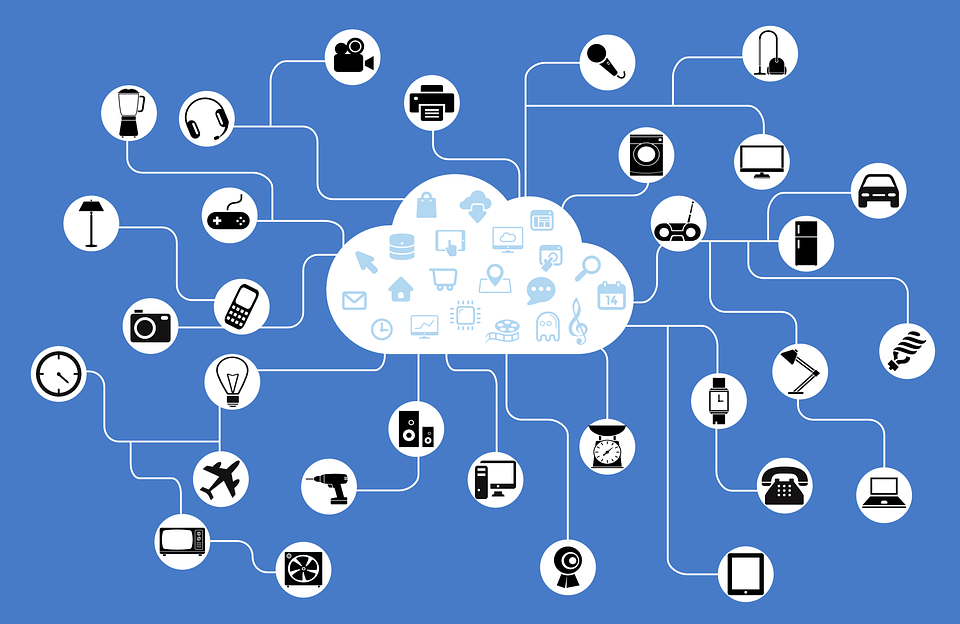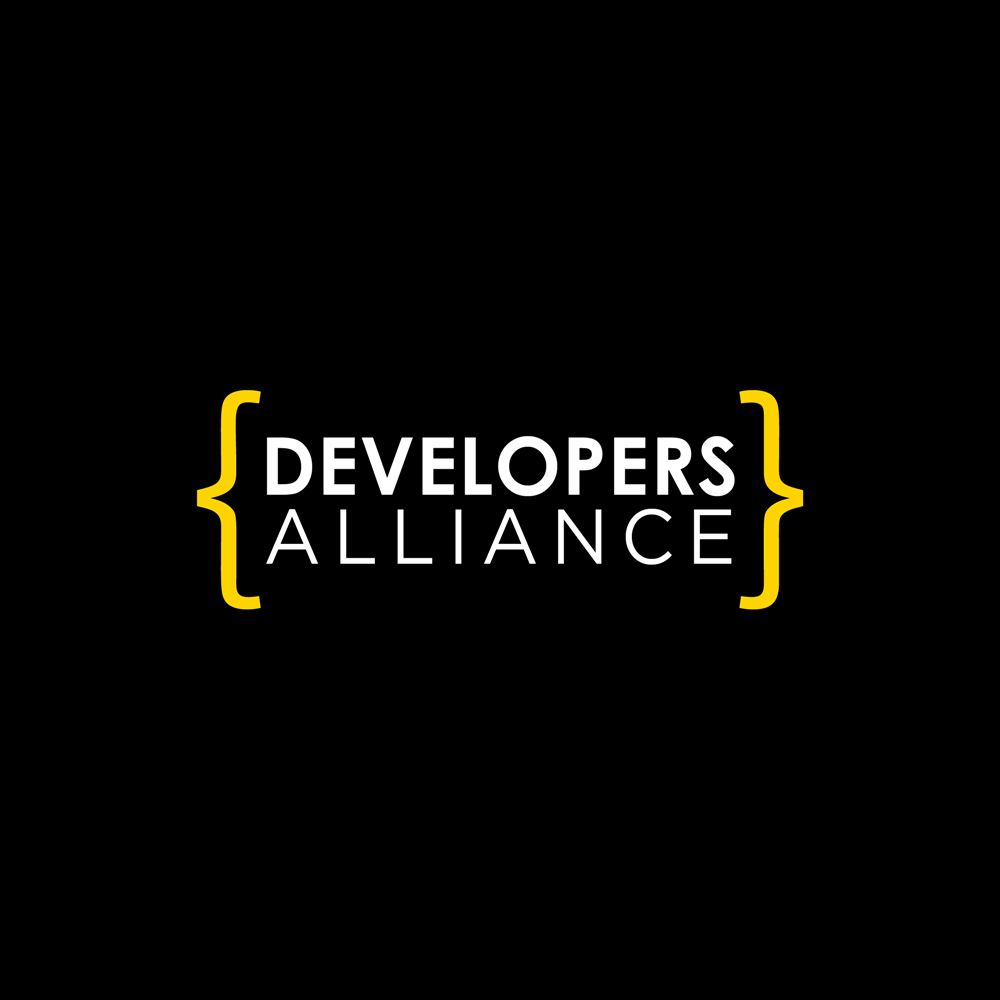The Application Developers Alliance recently unveiled a set of six principles to serve as our Internet of Things north star. The principles provide a foundation from which we at the Alliance will scrutinize laws and regulations in the IoT arena. Similarly, we hope policymakers will use these principles when considering measures that could potentially harm the robust innovation that plays a critical role in the economy and our everyday lives. The principles were developed in collaboration with Alliance members — those on the ground floor who are responsible for creating the new and transformative products and services that are coming online each day.
The connected machines, devices, and applications that make up the Internet of Things are creating a new paradigm —making our lives healthier and more prosperous. This arena is ripe for growth: it is estimated that by 2020 the IoT market will include 200 billion connected objects and by 2025 will exceed $6.2 trillion in global value. Innovators are already creating wearable devices that can detect breast cancer, toilets that can measure glucose levels, and biochips that identify water contaminants. These developments and IoT’s predicted growth are immensely promising for users’ lifestyles, and more broadly, our economy.
As government entities begin to consider how they fit into this still young sector, policymakers need to practice regulatory restraint and understand that the “light-touch” approach applied to this ecosystem thus far is helping to spur unprecedented innovation, job creation, and economic growth.
Tech issues pose many challenges to our conventional regulatory frameworks, but we at the Alliance know what developers want and need in order to do their jobs well. For the best outcomes for developers, consumers, and our economy, we’ve laid out six basic principles for regulating IoT.
Find the text of the six principles here.
Geoff Lane
U.S. Director of Policy and Government Relations




